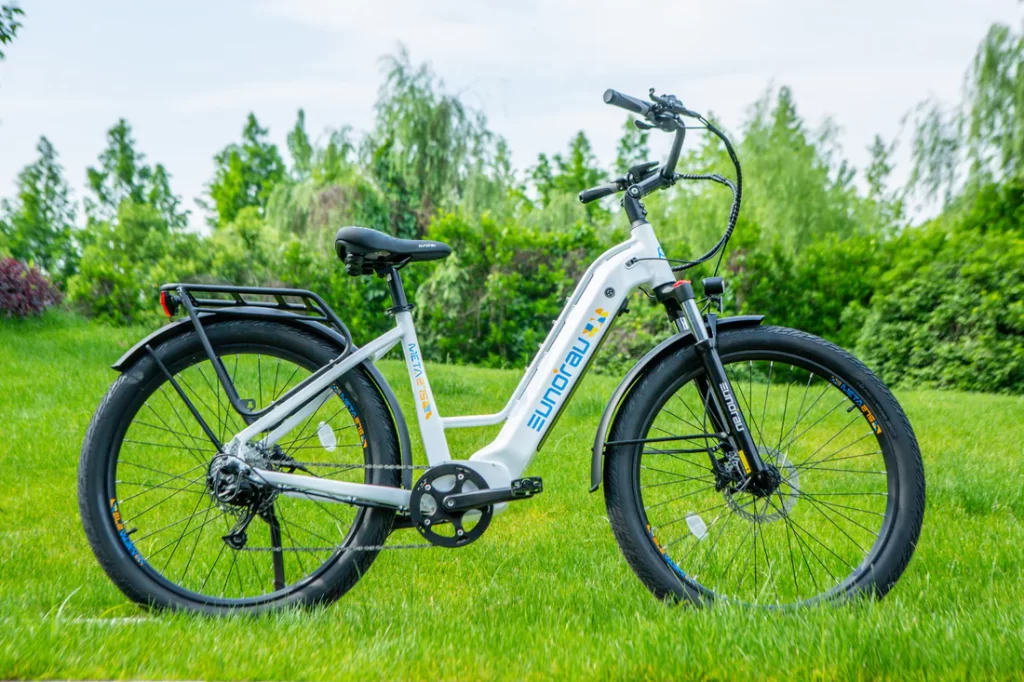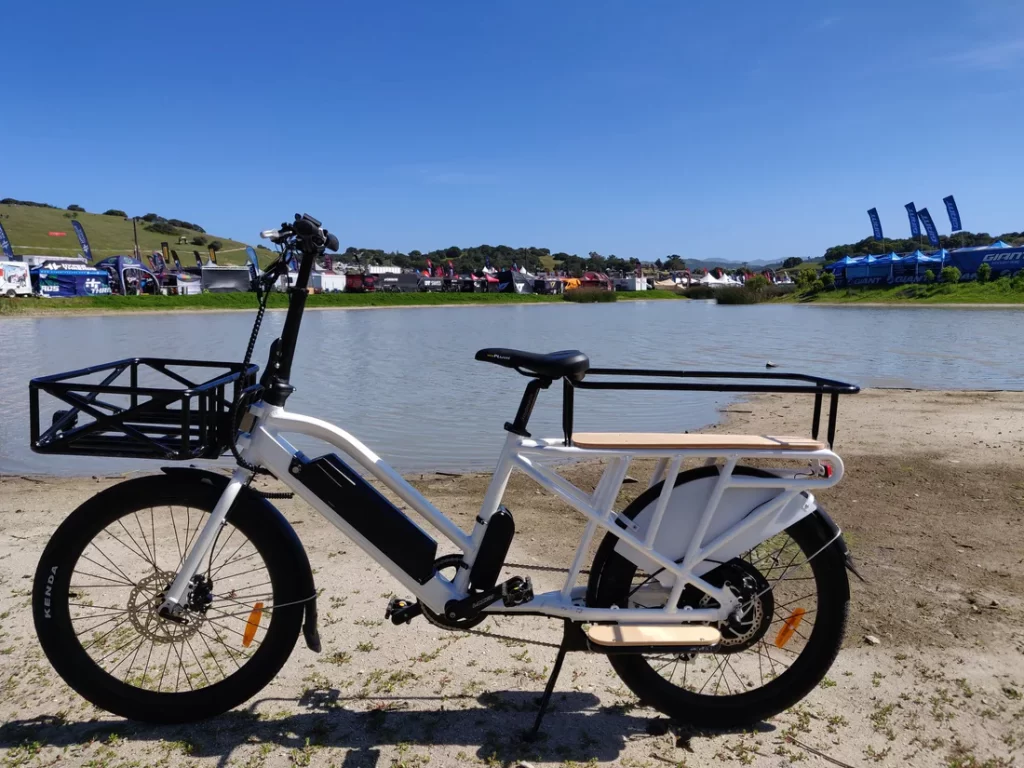Electric bikes (e-bikes) have surged in popularity over the past few years, offering an eco-friendly alternative to cars, public transportation, and traditional bicycles. With the rise of electric mobility, many people are turning to e-bikes as a way to make their daily commutes or weekend adventures more efficient and fun. However, like any product, electric bikes come with their own set of advantages and challenges. In this post, we’ll take a detailed look at both the pros and cons of electric bikes to help you decide if they’re the right choice for you.
E-bike Pros and Cons
Pros of Electric Bikes
1. Environmentally Friendly
One of the most significant benefits of electric bikes is their environmental impact. Unlike fuel-powered vehicles, e-bikes don’t produce carbon emissions that contribute to air pollution and climate change. Using an e-bike instead of a car can significantly reduce your carbon footprint. Even though they require electricity to charge, the overall energy consumption is much lower than that of a car, and if your home has solar panels or is powered by another form of renewable energy, the environmental benefits are further increased.
2. Cost-Effective Commuting
While the initial cost of an electric bike can be higher than a traditional bike, over time, e-bikes can be a cost-effective alternative to driving a car. With no fuel to buy, fewer maintenance costs, and no parking fees, the savings can add up quickly, especially if you use your e-bike regularly for commuting. Plus, many e-bike owners find that they can leave their car at home more often, reducing wear and tear on their vehicle.
3. Accessible to a Wider Range of People
E-bikes are a great option for people who might find traditional cycling challenging. The electric motor helps reduce the strain on your legs, making it easier to travel long distances or climb hills. This can be especially beneficial for older adults, those with joint issues, or anyone who wants to get around without overexerting themselves. The pedal-assist function of most e-bikes allows riders to choose how much effort they want to put in, making cycling more accessible to a wider range of abilities.
4. Faster and Less Sweat
With the assistance of an electric motor, e-bikes allow you to travel faster with less effort. This can be particularly beneficial for commuters looking to get to work without arriving sweaty or out of breath. In areas with lots of hills, an e-bike makes it much easier to maintain a consistent pace without feeling worn out. For those who enjoy longer rides, the added speed and ease can make the experience more enjoyable.
5. Convenient for Urban Living
E-bikes are well-suited for urban environments where traffic congestion and limited parking are common issues. Riding an e-bike can help you bypass traffic jams, get to your destination faster, and avoid the hassle of finding parking. For those living in cities with heavy traffic, e-bikes can provide a convenient, efficient, and stress-free transportation option.
6. Health Benefits
While you can rely on the motor to assist with pedaling, e-bikes still provide a good amount of exercise, especially if you use them for leisurely rides or moderate commutes. Regular cycling promotes cardiovascular health, strengthens muscles, and improves mental well-being. The beauty of e-bikes is that they give you the option to adjust the level of assistance, so you can challenge yourself when you’re feeling up to it, or ease up when you’re looking for a more relaxed ride.

Ebike 101: A Guide to Choosing the Right Ebike for You
Cons of Electric Bikes
1. High Initial Cost
One of the main downsides of electric bikes is the higher upfront cost compared to traditional bicycles. Depending on the model, e-bikes can range from a few hundred to a few thousand dollars. While the long-term savings on transportation costs can make up for the initial investment, the price tag may deter some potential buyers. Additionally, higher-end e-bikes often come with advanced features such as better batteries and more powerful motors, which can drive the cost up even further.
2. Limited Battery Life and Range
While e-bikes offer the convenience of a motor to assist with pedaling, they rely on batteries that have limited life and range. Depending on factors such as battery size, terrain, and rider weight, an e-bike’s battery may last anywhere from 80-300 kms but usually around 120kms (or 75 miles) on a single charge. If you plan to use your e-bike for long-distance travel, this could be a limitation. Additionally, as with all batteries, e-bike batteries degrade over time and may need to be replaced after a few years, adding to the long-term costs.
3. Heavier Than Traditional Bicycles
Electric bikes are typically heavier than their non-electric counterparts, due to the motor, battery, and additional components. This added weight can make e-bikes more difficult to handle, especially for those who are not accustomed to cycling. If you need to lift your bike onto the back of a car or onto wall storage, the weight could become an inconvenience. For some riders, the extra weight might also make it harder to maneuver or transport the bike when not in use.
4. Maintenance and Repairs
While e-bikes require less maintenance than fuel-powered vehicles, they still require upkeep to ensure the motor, battery, and other electrical components are functioning properly. If something goes wrong with the motor or battery, repairs can be costly and may require specialized knowledge. Additionally, maintaining the bike’s regular components (brakes, tires, etc.) is still necessary, meaning you’ll need to take care of both the electrical and traditional aspects of the bike.
5. Limited Legal and Safety Regulations
As the popularity of electric bikes grows, some areas are introducing regulations on their use. Speed limits, where e-bikes can be ridden, and helmet requirements can vary depending on your location. In some places, e-bikes are subject to the same rules as motor vehicles, while in others, they may be considered closer to traditional bicycles. Riders should familiarize themselves with local laws and regulations to ensure they’re in compliance.
6. Potential for Over-Reliance on the Motor
While e-bikes offer the option of pedal-assist, some riders may become overly reliant on the motor, reducing the physical benefits of cycling. If you’re not careful, this can lead to less exercise and potentially negate some of the health benefits that come with traditional cycling. To maximize the physical benefits, it’s important to balance motor use with manual pedaling and avoid depending solely on the motor.

Eunorau Max Cargo Electric Bicycle Review from Electrek.Co
Final Thoughts
Ultimately, whether an e-bike is right for you depends on your specific needs and lifestyle. If you’re looking for an eco-friendly way to get around town, enjoy outdoor exercise, and bypass traffic, an electric bike might be the perfect solution. But if you’re concerned about the cost or need something lighter and easier to store, a traditional bike may still be the better option. Take time to consider the pros and cons carefully before making your decision.
Have you tried an electric bike yet, or are you considering making the switch? Let us know in the comments below, and feel free to share your experiences!

